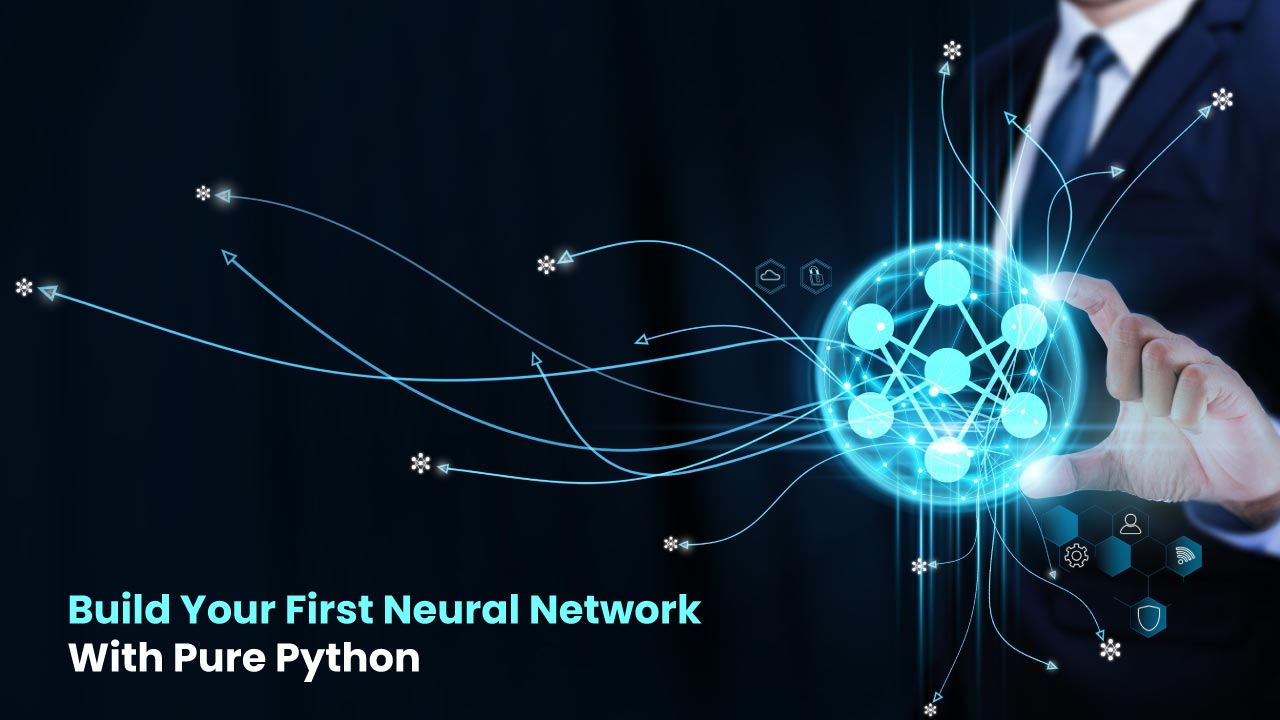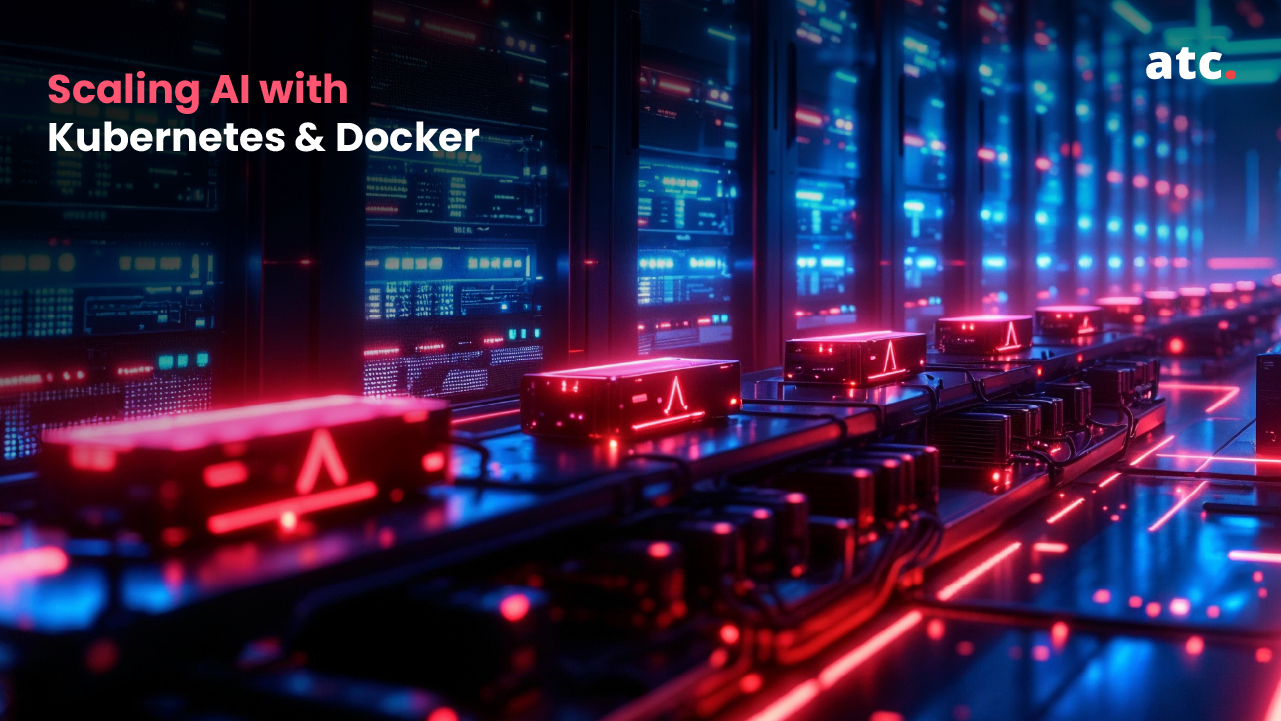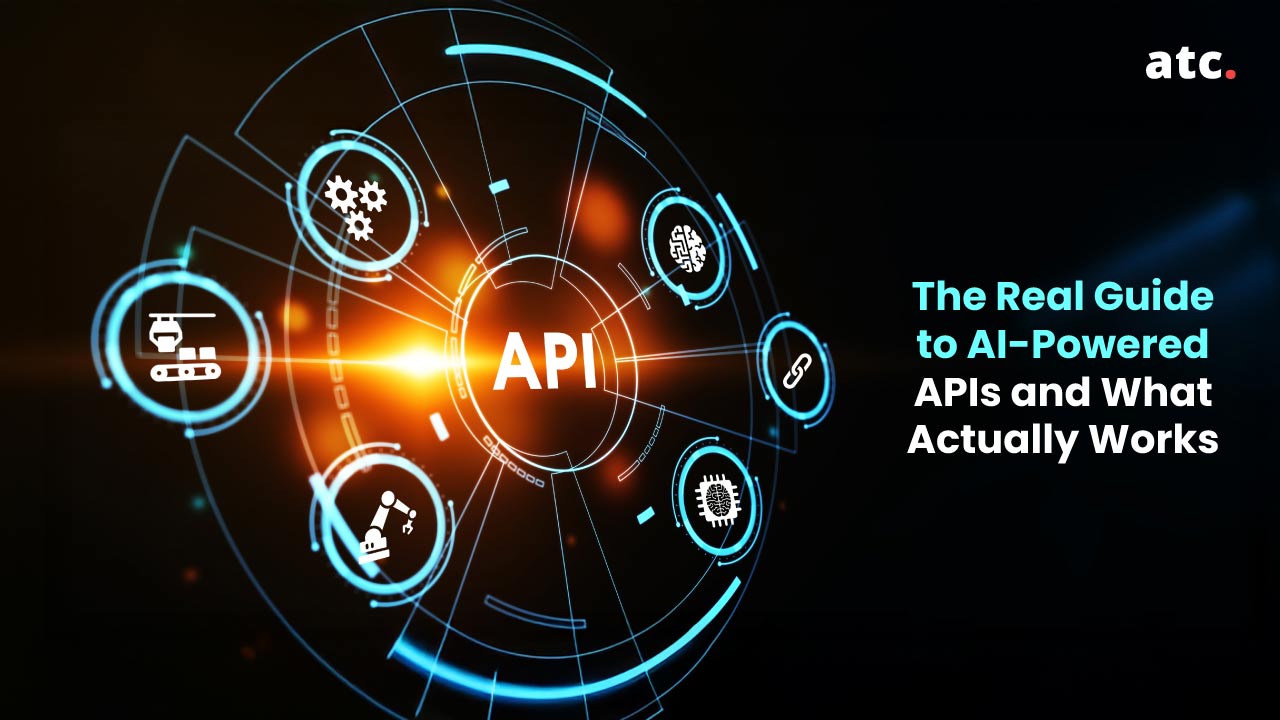Subscribe to the blog
You can use TensorFlow or PyTorch for years and still feel like you're working with magic black boxes. But when you finally sit down and build one from scratch? That's when everything clicks.
We are talking about the moment when you see gradients flowing backward through your network, watch your loss function actually decrease because of code you wrote, and suddenly understand why your production models behave the way they do. It's not just an academic exercise. Building from scratch gives you debugging powers and the confidence to create custom architectures that don't really fit neatly into framework templates.
Now, if you're looking to fast-track this journey, structured programs like the ATC Generative AI Masterclass can definitely help. But today, we're going to roll up our sleeves and build something real using nothing but NumPy. You'll walk away with working code, a solid grasp of backpropagation, and honestly, a much better understanding of what's happening under the hood of every deep learning model you'll ever use.
What Does "From Scratch" Mean?
When we say "from scratch," we mean we're going full NumPy. No TensorFlow, no PyTorch, no Keras shortcuts. Just you, Python, and some matrix multiplication.
Using a framework is like driving an automatic car. It gets you where you need to go, but do you really understand what's happening with the transmission? Building from scratch is like learning to drive stick, more work upfront, but you develop an intuition for how everything connects.
Why would you want to do this to yourself?
Well, there are actually some pretty compelling reasons:
- You develop genuine intuition about what's happening during training
- Debugging becomes way less mysterious (trust me on this one)
- You can experiment with weird architectures without fighting framework limitations
- It's surprisingly lightweight for testing new ideas
Look, we are not saying you should write everything from scratch in production. That would be crazy. But understanding these fundamentals is what separates developers who can troubleshoot model issues from those who just throw more data at problems and hope for the best.
Core Concepts (Forward Pass, Loss, Backprop, Optimization)
Every neural network training cycle is basically the same four-step dance, repeated over and over again. Let me break it down:
Forward Pass is straightforward. Data flows through your network, each layer does its math, and you get predictions.
For a basic layer, it's just output = activation(X @ W + b). Nothing fancy.
Loss Function tells you how wrong you are. For regression problems, mean squared error works great:
MSE = (1/n) * Σ(y_true - y_pred)²
In classification, Cross-entropy is your friend:
CrossEntropy = -Σ(y_true * log(y_pred))
Backpropagation is where the magic happens. It's really just the chain rule from calculus, applied systematically to figure out how much each weight contributed to your total error. We work backwards through the network, layer by layer.
Optimization is the finale where you actually update weights. Stochastic Gradient Descent is the simplest approach:
W_new = W_old - learning_rate * gradient
The beautiful thing is how these steps create this learning feedback loop. Make predictions, see how wrong you are, figure out what to adjust, make the adjustment, repeat. It's almost philosophical when you think about it.
Course Spotlight
For dedicated learners who are prepared to transform their practice, formalized training can be a force multiplier. The need for AI-related skills is increasing more year-to-year, and with companies like Salesforce and Google taking on increasing amounts of staff in AI and other roles but still operating with talent shortages, organizations can work with specialized, structured programs to close the skills gap in much quicker timeframes. ATC's Generative AI Masterclass is a hybrid, hands-on, 10-session (20-hour) program that delivers no-code generative tools, applications of AI for voice and vision, as well as working with multiple agents using semi-Superintendent Design, and ultimately culminates in a capstone project where all participants deploy an operational AI agent (currently 12 of 25 spots remaining). Graduates will receive an AI Generalist Certification and have transitioned from passive consumers of AI and other technology, to confident creators of ongoing AI-powered workflows with the fundamentals to think at scale. Reservations for the ATC Generative AI Masterclass to get started on reimagining how your organization customizes and scales AI applications are now open.
Backpropagation, Step-By-Step
Okay, let's get into the weeds a bit. Backpropagation sounds scary, but it's really just the chain rule from calculus applied methodically. Once you see it broken down, it's actually pretty elegant.
Let's walk through our two-layer network step by step.
We start at the end: We have our predictions ŷ and our true labels y.
Step 1 - Output Layer Gradient:
Here's something beautiful about using cross-entropy loss with softmax and the gradient simplifies to something wonderfully clean:
dL/dz2 = ŷ - y_one_hot
That's it! The math just works out that way. Shape: (batch_size, output_dim)
Step 2 - Output Layer Weight Gradients:
Now we need gradients for our weights and biases:
dL/dW2 = (1/m) * a1ᵀ @ dL/dz2 # Shape: (hidden_dim, output_dim) dL/db2 = (1/m) * sum(dL/dz2, axis=0) # Shape: (output_dim,)
Step 3 - Hidden Layer Gradients:
This is where the chain rule really shows up. We propagate the error backwards:
dL/da1 = dL/dz2 @ W2ᵀ # Shape: (batch_size, hidden_dim) dL/dz1 = dL/da1 ⊙ sigmoid'(z1) # Element-wise multiply with derivative
Step 4 - Hidden Layer Weight Gradients:
Finally, we compute gradients for our first layer:
dL/dW1 = (1/m) * Xᵀ @ dL/dz1 # Shape: (input_dim, hidden_dim) dL/db1 = (1/m) * sum(dL/dz1, axis=0) # Shape: (hidden_dim,)
The key insight here is each gradient tells us exactly how much that specific parameter contributed to our total error. Positive gradient means "hey, decrease this weight." Negative gradient means "increase this weight."
And those shapes we keep mentioning, they're absolutely crucial. We can't tell you how many hours we have spent debugging dimension mismatches. Print your shapes early and often!
Practical Tips & Tricks
After building way too many neural networks the hard way, here are some hard-won lessons:
Learning Rate is Everything: Start with 0.01 or 0.1. Too high and your loss will bounce around like a ping-pong ball. Too low and you'll be waiting forever. We usually start high and reduce it if things get unstable.
Weight Initialization Matters More Than You Think:
- Xavier/Glorot: W = np.random.randn(n_in, n_out) * sqrt(1/n_in) works well with sigmoid/tanh
- He initialization: W = np.random.randn(n_in, n_out) * sqrt(2/n_in) is better for ReLU networks
Trust us, random uniform initialization will drive you crazy with vanishing gradients.
Activation Function Choice:
- Sigmoid: Classic, but those vanishing gradients will get you
- ReLU: max(0, x) - simple, effective, and no vanishing gradient problem
- Leaky ReLU: max(0.01*x, x) - fixes the "dying ReLU" issue where neurons get stuck at zero
Debugging Tactics (learned these the hard way):
- Gradient checking: Compare your analytical gradients with numerical approximations
- Print shapes constantly: Seriously, most bugs are just dimension mismatches
- Start tiny: Test on 10-100 samples first. If it can't learn that, something's wrong
- Watch your loss: If it's increasing, your gradients are probably backwards
Regularization Concepts (we won't implement these today, but good to know):
- L2 regularization: Add λ * ||W||² to your loss to prevent overfitting
- Dropout: Randomly zero out neurons during training (sounds crazy but works)
When to Graduate to Frameworks: Once you understand what's happening under the hood, frameworks like PyTorch become incredibly powerful. They handle automatic differentiation, GPU acceleration, and all sorts of optimizations. But having this foundation makes you so much more effective with them.
Next Steps (Datasets, Tools, and Projects to Try)
Now that you've got the basics down, here's how to level up your skills:
Start Small, Think Big:
- MNIST: The classic. 28x28 grayscale digits, perfect for testing your implementation
- Fashion-MNIST: Same format as MNIST but with clothing items. More challenging.
- Wine quality prediction: Great for practicing regression problems
Once You're Comfortable:
- CIFAR-10: Color images. You'll need convolutional layers for good results.
- Sentiment analysis: Text classification. You'll learn about embeddings.
- Time series forecasting: Stock prices, weather data, anything sequential.
Where to Find Data:
- MNIST/Fashion-MNIST: Built into most ML libraries
- CIFAR datasets: Available through torchvision or direct download
- UCI Machine Learning Repository: Tons of clean, documented datasets
- Kaggle: Real-world problems with messy, interesting data
Suggested Learning Path:
- Get comfortable with the NumPy implementation above
- Add different optimizers (Adam is a game-changer)
- Try regularization techniques
- Implement convolutional layers for image data
- Explore recurrent networks for sequences
- Build an autoencoder or try a simple GAN
Tools Worth Learning:
- Jupyter notebooks: Interactive development is addictive
- TensorBoard: Visualizing training is incredibly helpful
- MLflow: Once you start running lots of experiments, tracking becomes essential
The key is to keep building things. Each project teaches you something new, and before you know it, you'll have developed the intuition that separates good ML practitioners from people who just run tutorials.
Conclusion
So where does this leave you? Well, you now understand how neural networks actually work. You know how data flows forward, how errors propagate backward, and how weights get updated to minimize loss. More importantly, you have working code that you can hack on and modify.
It's really just the beginning. Every complex architecture you'll encounter later (transformers, GANs, diffusion models) builds on these same fundamental concepts. The forward pass, loss computation, backpropagation, weight updates... it's all variations on the same theme.
The journey from here is about practice and gradually tackling harder problems. Maybe you'll add batch normalization next, or try different optimizers, or implement convolutional layers. Each new challenge builds deeper intuition.And hey, if you want to accelerate this journey with expert guidance and a structured curriculum, programs like the ATC Generative AI Masterclass can really speed things up. They take you from these fundamentals all the way to deploying production AI systems. Reserve Your Spot – ATC Generative AI Masterclass and go from someone who understands neural networks to someone who builds AI solutions that actually solve real problems.




